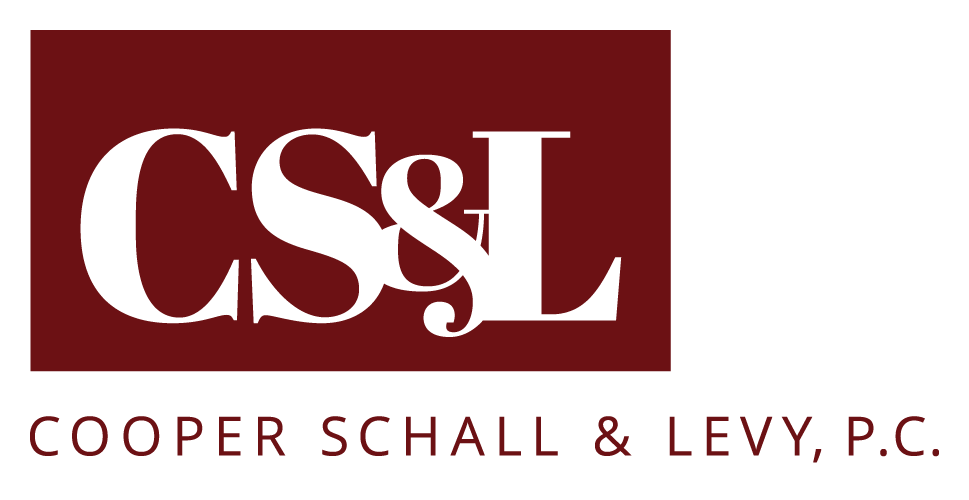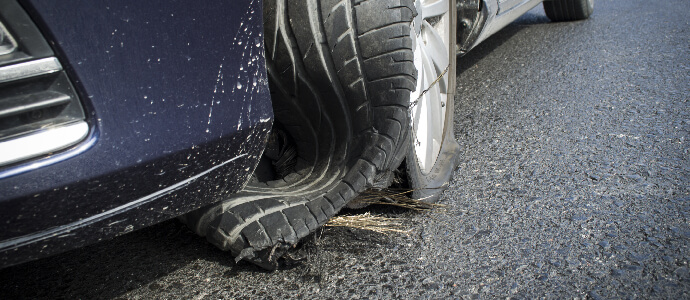Most people get into their automobiles, turn on the ignition, and drive without giving any second thought as to the safety of the vehicle. Yet for many people, automobile defects cause serious accidents that can result in catastrophic injuries to themselves and others. If you were involved in an automobile accident due to a vehicle defect, how do you get the compensation you need to recover?
You turn to Cooper Schall & Levy. Our automobile defect attorneys understand how to take on automobile manufacturers, retailers, and their powerful insurance companies and lawyers, to get justice for accident victims. We’re ready to get started on your case today.
Common Automobile Defects
Automobile defect claims are not limited to passenger vehicles and trucks. Motorcycles, vans, boats, RVs, and other vehicles can be affected. Some of the most common automobile defects involve the following:
- Seat belts. Many problems with the belt system – from failing to lock and retract to suddenly coming unlatched or tearing – can cause serious injuries in the event of an accident.
- Airbags. Exploding airbags, or those which deploy with too much force, can injure the face and neck. A defective airbag may also fail to deploy or do so with too little force to prevent injuries during an accident.
- Tires. There are several problems with tires that can lead to accidents and fatalities. Tread separation, cracking, and sudden loss of pressure are only a few of them. A tire failure can cause the driver to lose control and hurt not only him- or herself but other motorists and pedestrians.
- Brakes. The braking system is a complex but essential component in any vehicle. But defects with the brake pads, brake lines, brake fluid, or other parts can lead to an out-of-control vehicle.
- Accelerator. The accelerator or gas pedal has been known to stick in some vehicles. It takes little imagination to know the damage that a stuck accelerator can do to the vehicle’s occupants and others.
- Structural defectsb Your vehicle is designed to withstand tremendous force in the event of a collision. This feature is referred to as the automobile’s crashworthiness, but flaws in the design or manufacture of the frame and structural parts may aggravate injuries.
- Gas tanks. The location of the gas tank can affect its safety in the event of a crash. Defective gas tanks have been known to puncture, ignite, or explode on impact, causing serious burn injuries to the driver and passengers.
Who Is Responsible For Automobile Defects?
Automobile defects are usually, but not always, the responsibility of the manufacturer. The parts or system designer can also share liability. Manufacturers and designers are responsible for ensuring that the vehicles they put on the road and parts they design are free of reasonably foreseeable errors. However, many of these companies are well aware, through crash testing and field reports, that defects exist. Yet they choose to ignore, downplay, or even hide the problems to maximize profits.
Automobile retailers, repair shops, parts suppliers, and parts retailers can also share liability. The business where you purchased your vehicle may have had reason to know that the automobile was recalled or otherwise not suitable for sale. The repair shop that did work on your vehicle, and the company that supplied the defective part, could also be responsible. Finally, consumers can purchase faulty parts directly from retailers and not know that they’re putting their safety at risk.
One or more parties can potentially share liability after a defective parts accident. But it starts with conducting a thorough investigation to assign fault.
How Can An Automobile Defect Attorney Help Me?
Many factors play a role in automobile accidents, with defects being just one of them. The problem with defect cases is that they are often not discovered until it’s too late, after a collision. If the wreck is serious enough, the defective component can be damaged or even destroyed, making it much more difficult to determine who is responsible for it.
The complexity of these cases requires a law firm that understands how to properly investigate an accident. It usually begins with examining evidence at the scene, including statements from the accident victim, witnesses, and police reports. Photo and video evidence can affect the outcome of your case, so if you can do so, take pictures and video of the accident scene and vehicle.
Forensic evidence from the accident scene will need to be considered and closely examined by an expert. That may include an engineer or accident reconstruction expert who can look at the evidence and determine if a defective part was to blame. The expert can explain not only how the part in question was defective, but specifically how it contributed to the accident.
From there, your attorney will work to uncover how exactly the faulty part ended up in your vehicle. That will involve a process known as discovery. Discovery encompasses several pre-trial procedures for obtaining information that’s relevant to the case. Those procedures include depositions, subpoenas, requests for production of documents, and much more. Some rules govern the discovery process, but it can be an effective way of identifying potentially liable parties.
If the manufacturer or other party has reason to believe a defective part was to blame for the accident, there’s a good chance an insurance adjuster will contact you. Remember, this individual does not have your best interests in mind and may attempt to extract information from you that can be damaging to your case. It’s always best to let a knowledgeable automobile defects attorney handle communications with the insurance company.
Contact Our Philadelphia Automobile Defects Attorney
No one should be injured because the automobile they drove or rode in was defective. But when this happens, and someone is hurt, they deserve compensation for their injuries. The attorneys of Cooper Schall & Levy are ready to fight for you. Give us a call today to talk about your legal options.
Cooper Schall & Levy personal injury lawyers serve Philadelphia, Pennsylvania as well as neighboring counties such as Montgomery County and Delaware County and cover neighborhoods such as Norristown and Drexel Hill.


